The Cape Wrath Trail(ish) in winter(ish) – a very brief account
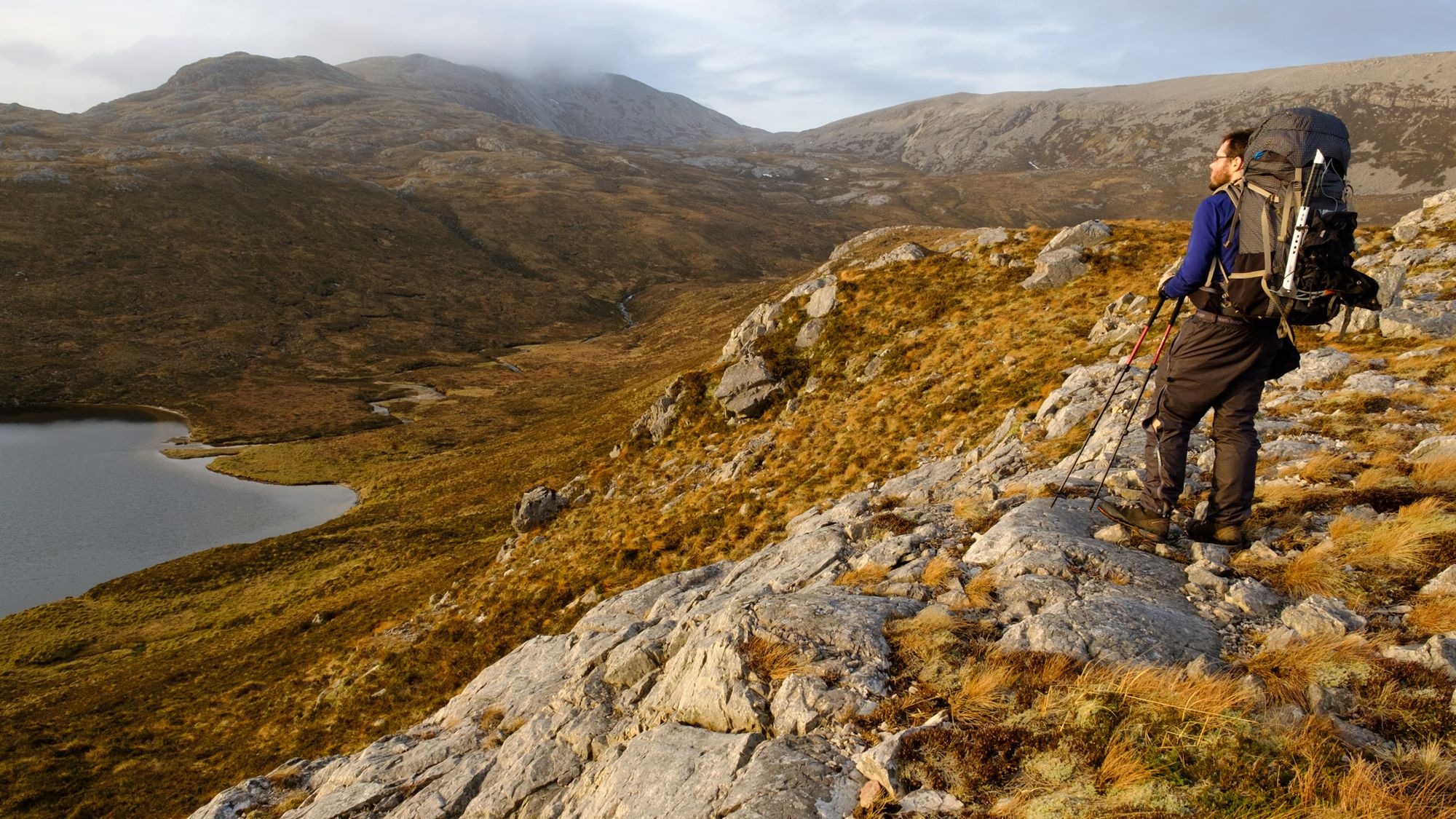
In February 2019, I hiked 299 miles from Ardnamurchan Point to Cape Wrath, the north-westernmost point of mainland Britain, mostly following the Cape Wrath Trail. Here’s how it went, plus a few photos.
Folks looking for a comprehensive trip report may be disappointed this time. I’m a professional outdoor writer, and I need to keep my powder dry; there will be more detailed features on this trail in the May 2019 issue of The Great Outdoors magazine. I have also begun early work on a book.
Important note:
If you are planning your own Cape Wrath Trail, please be aware that February in an average year will involve significantly more hardcore winter conditions than I experienced. The usual seasonal window for hiking the Cape Wrath Trail in summer-like conditions (i.e. without extensive snow and ice) extends from roughly April to October in an average year, but non-trivial snow could be encountered for weeks at either end of this window, making the trail a significantly tougher proposition. For more information on planning your CWT hike, please see this article.
The Ardnamurchan section of my walk didn’t entirely go as I’d imagined. I had issues with a faulty tent (more on this in my TGO gear feature) and got clobbered by a major storm that forced me down from the high ground. I did more road walking than I’d planned in this section and ended up soggy and dispirited in a B&B in Salen, wondering if it would ever stop raining.
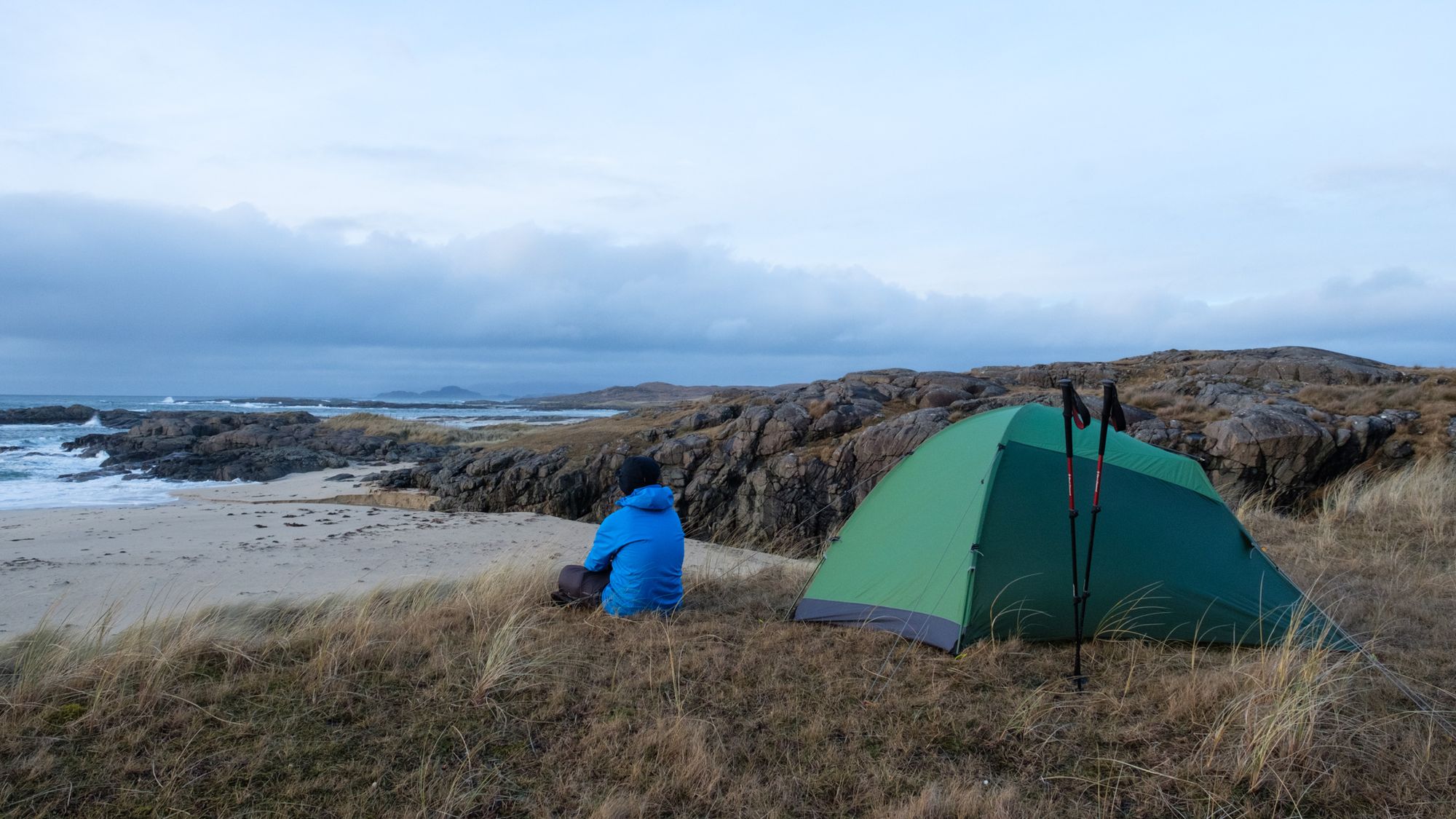
Things improved from Glenfinnan. I spent a couple of days at Corryhully bothy, where I met a few like-minded folk – and, unusually, all were younger than me. I’d like to single out Skye McGregor, a truly inspirational 16-year-old lad hiking Land’s End to John O’Groats via the CWT (I think the word ‘inspirational’ is overused, but it’s 100 per cent the right word to use here). I also climbed the Munros Sgurr nan Coireachan and Sgurr Thuilm in winter conditions. After that, a major thaw annihilated the snow cover.
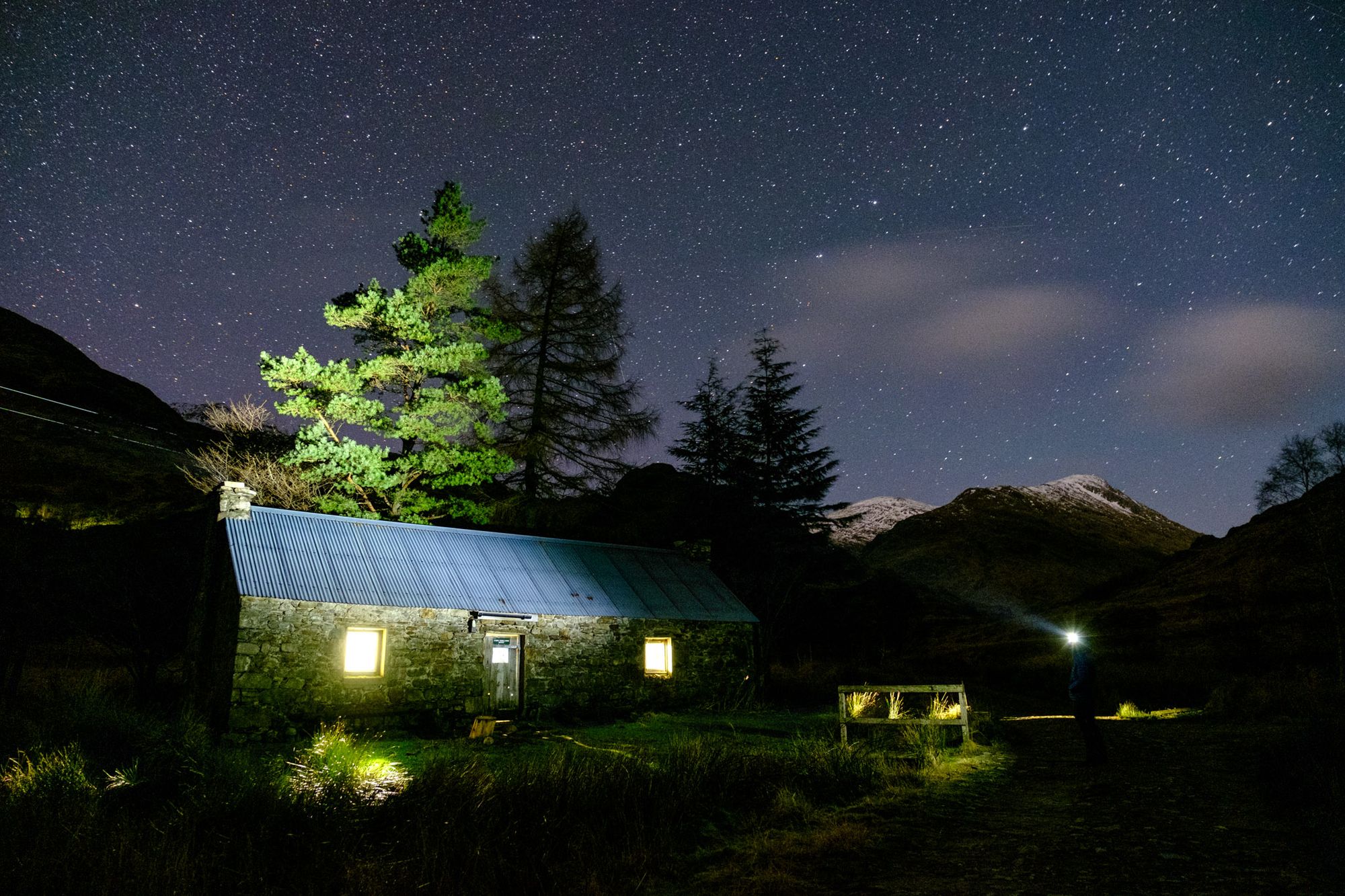
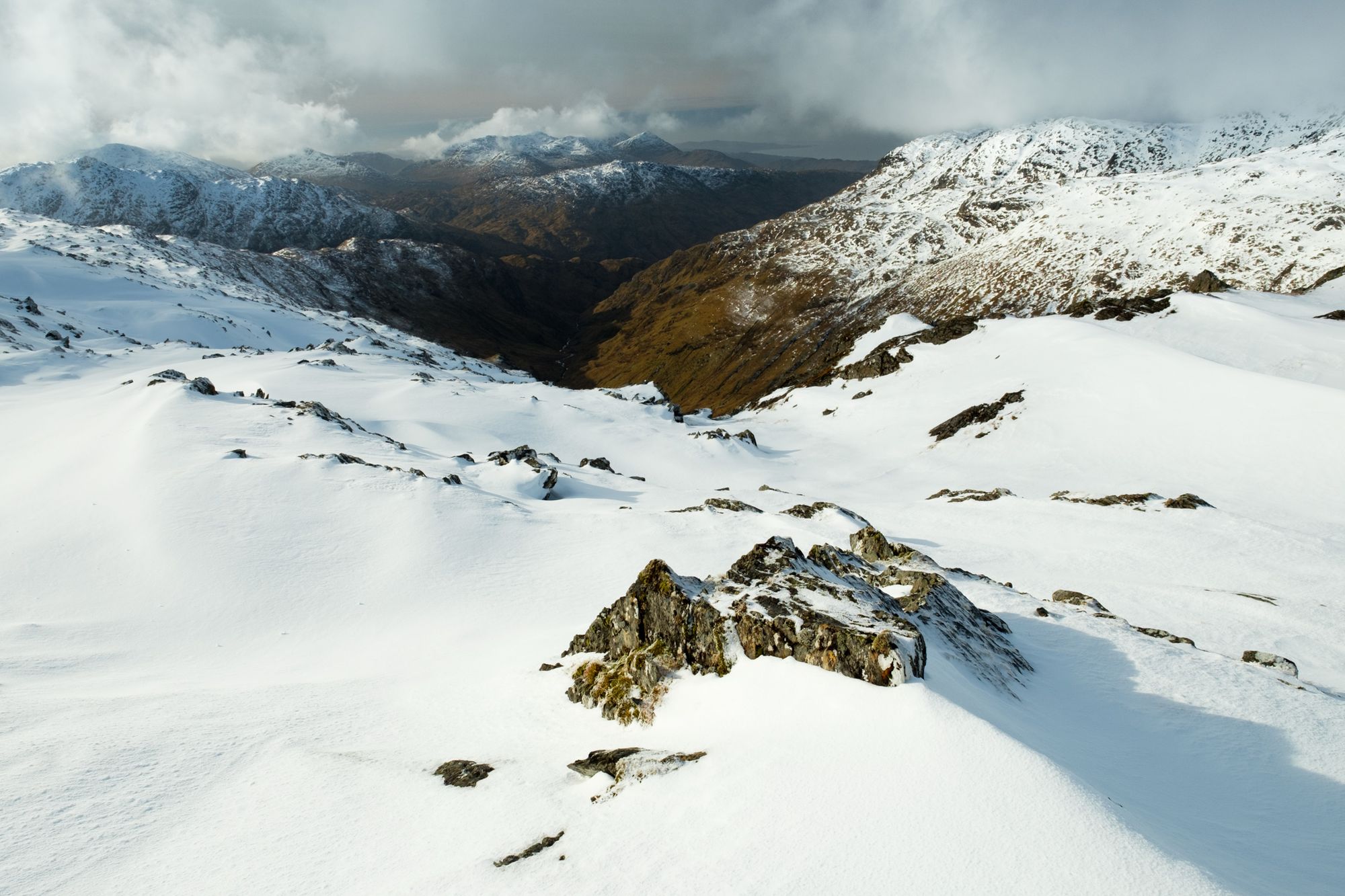
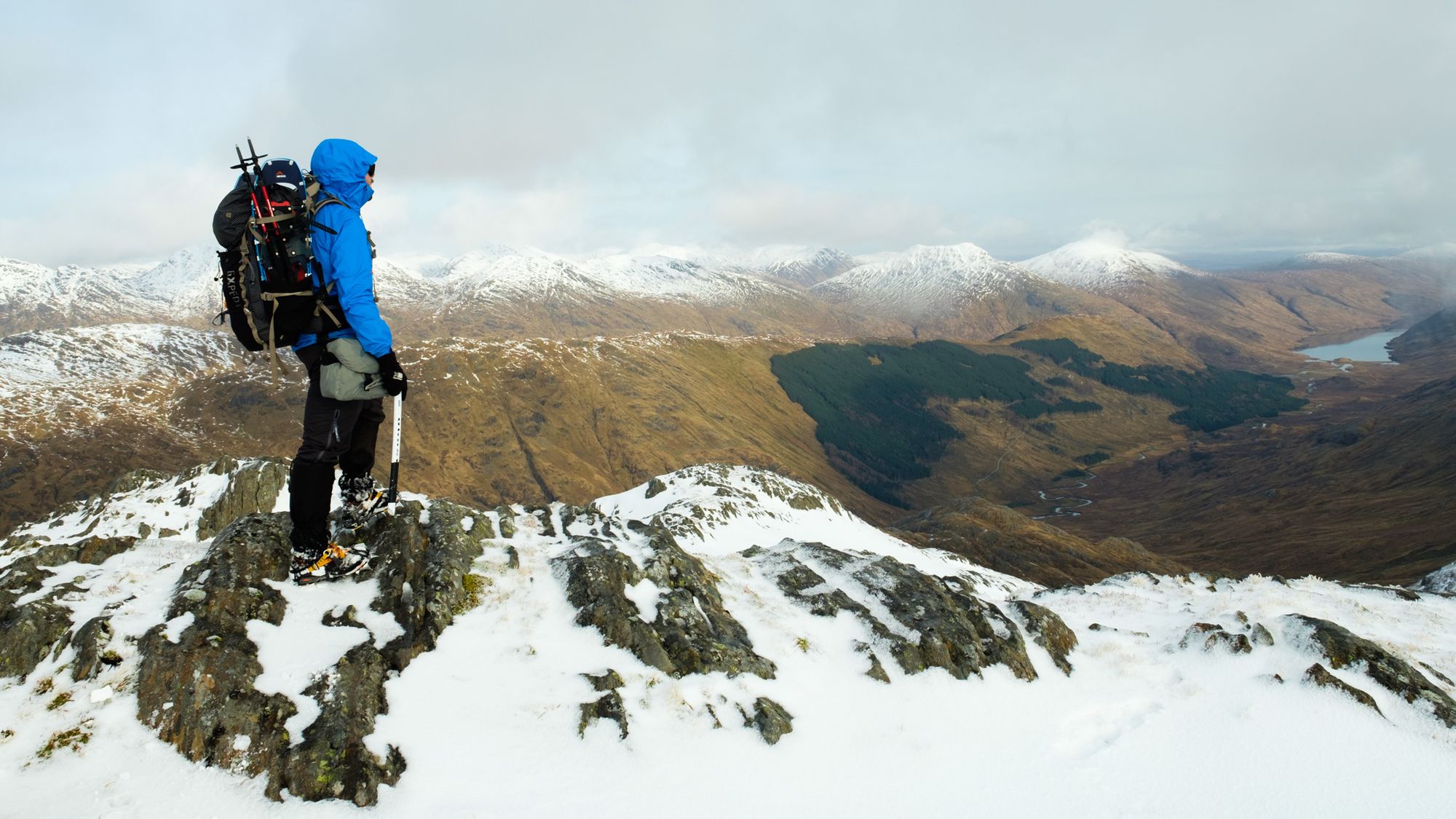
I met up with my brother James, who brought up my spare tent and took my snowshoes off my hands as I doubted I’d need them again. We hiked together for a couple of days through Knoydart; fortunately the river crossings weren’t too bad.
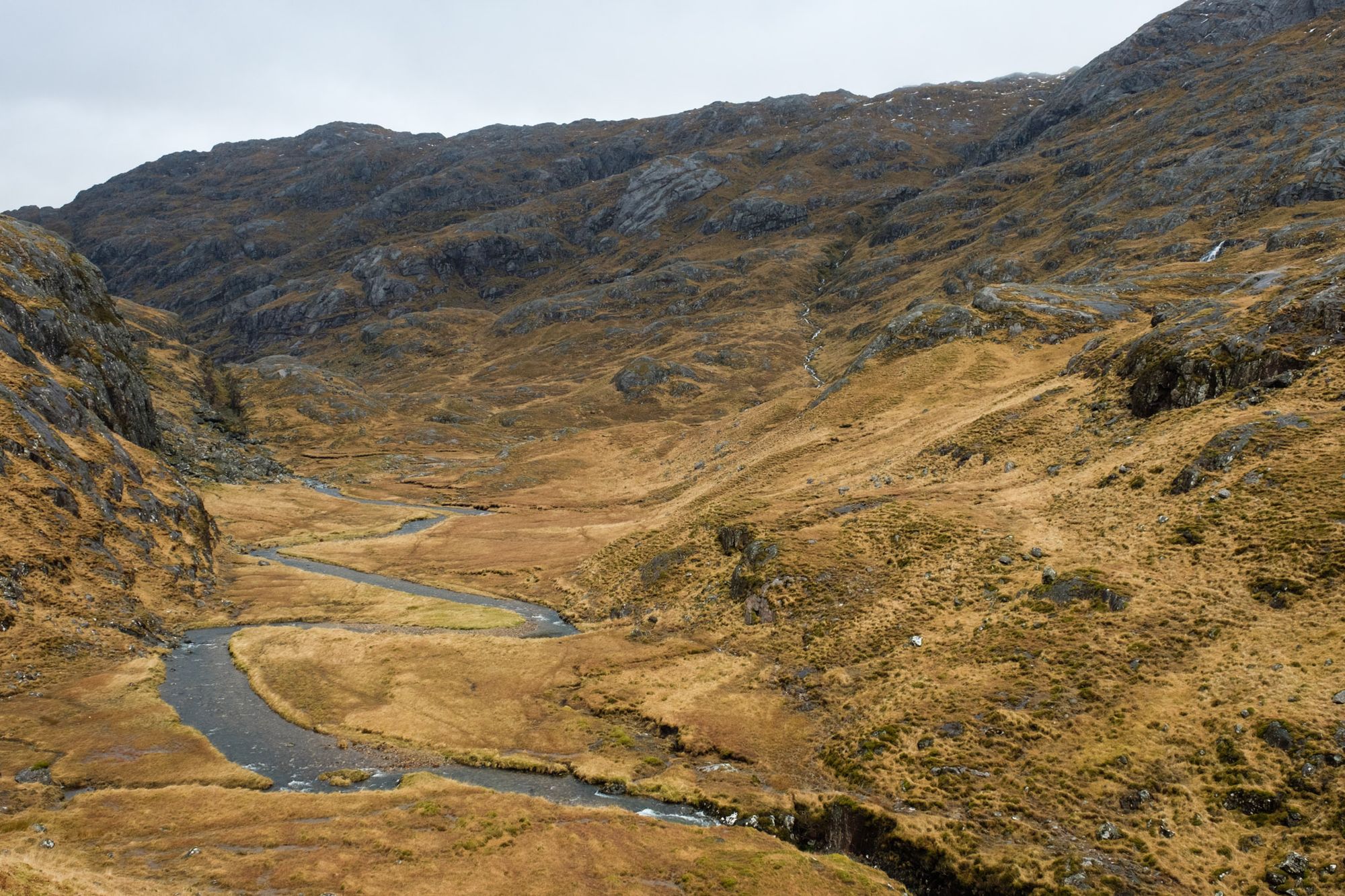
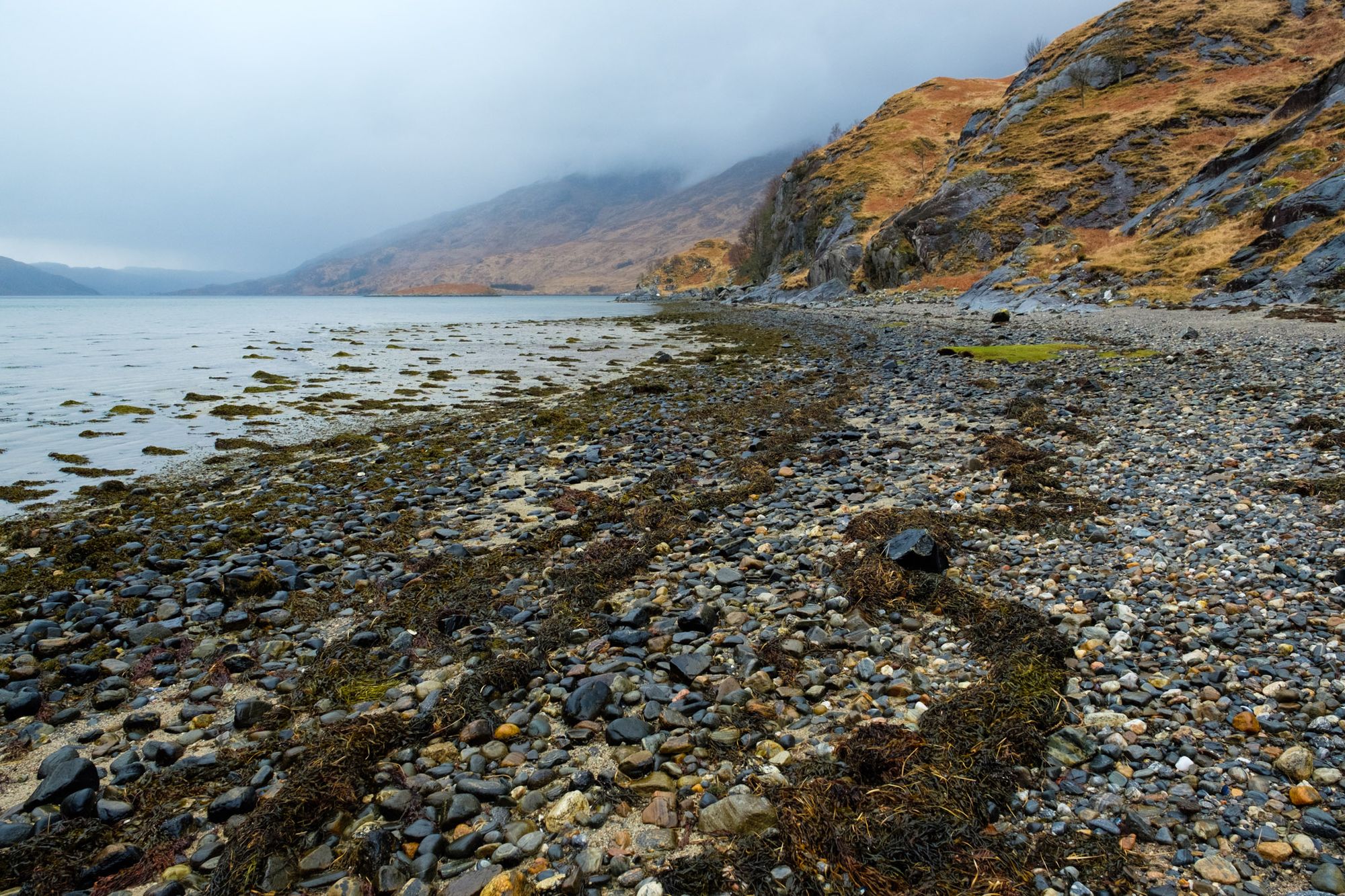
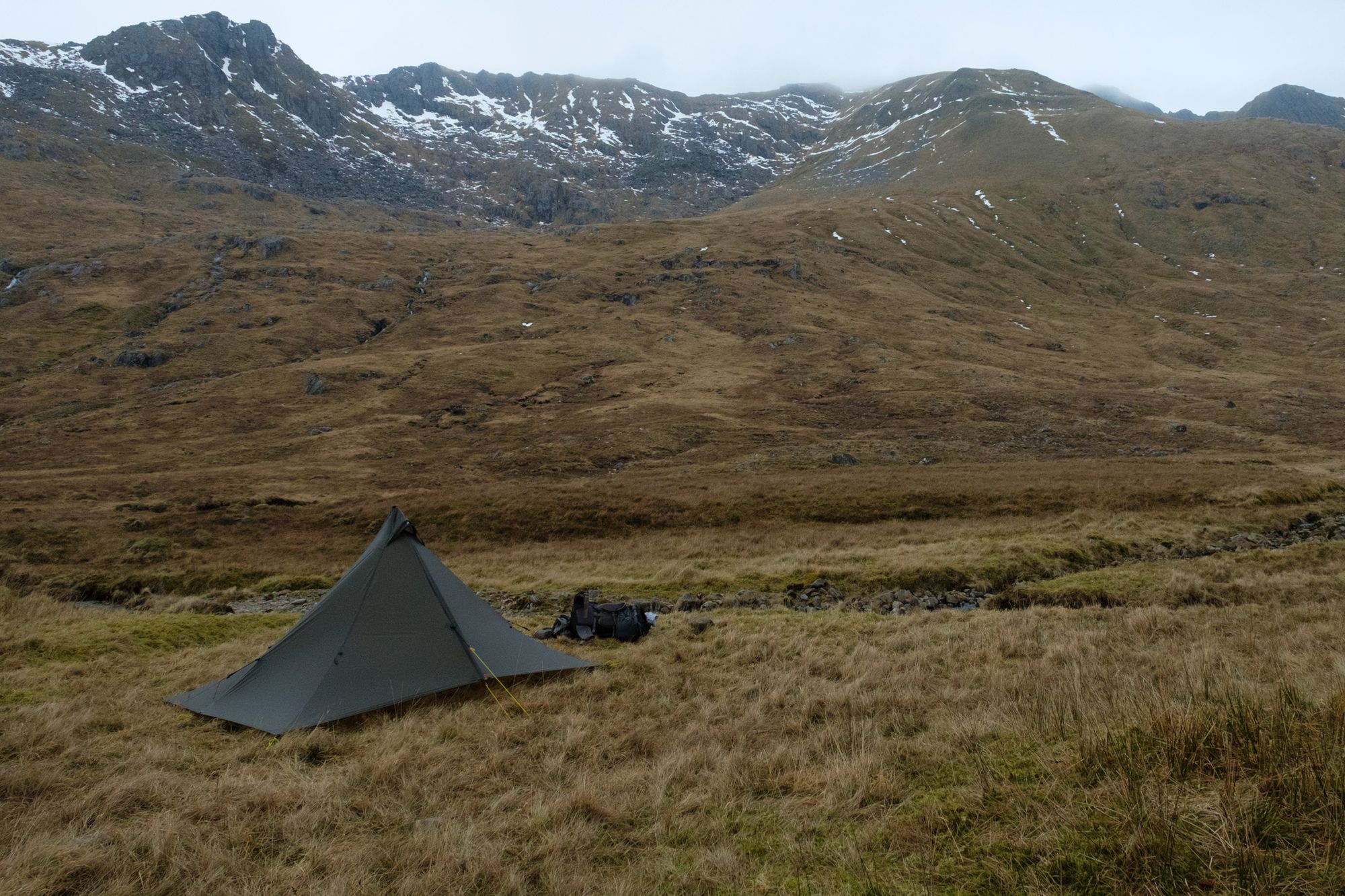
After Knoydart, it rained pretty much continuously for about 70 miles. My low point was trying to dry socks over my stove in Maol-Bhuidhe bothy in the absence of dry fuel for the fire. Teaming up with my colleague and friend Chris Townsend in Torridon helped to boost morale, and we had a great wild camp north of Beinn Eighe. Read his blog post about our section here.
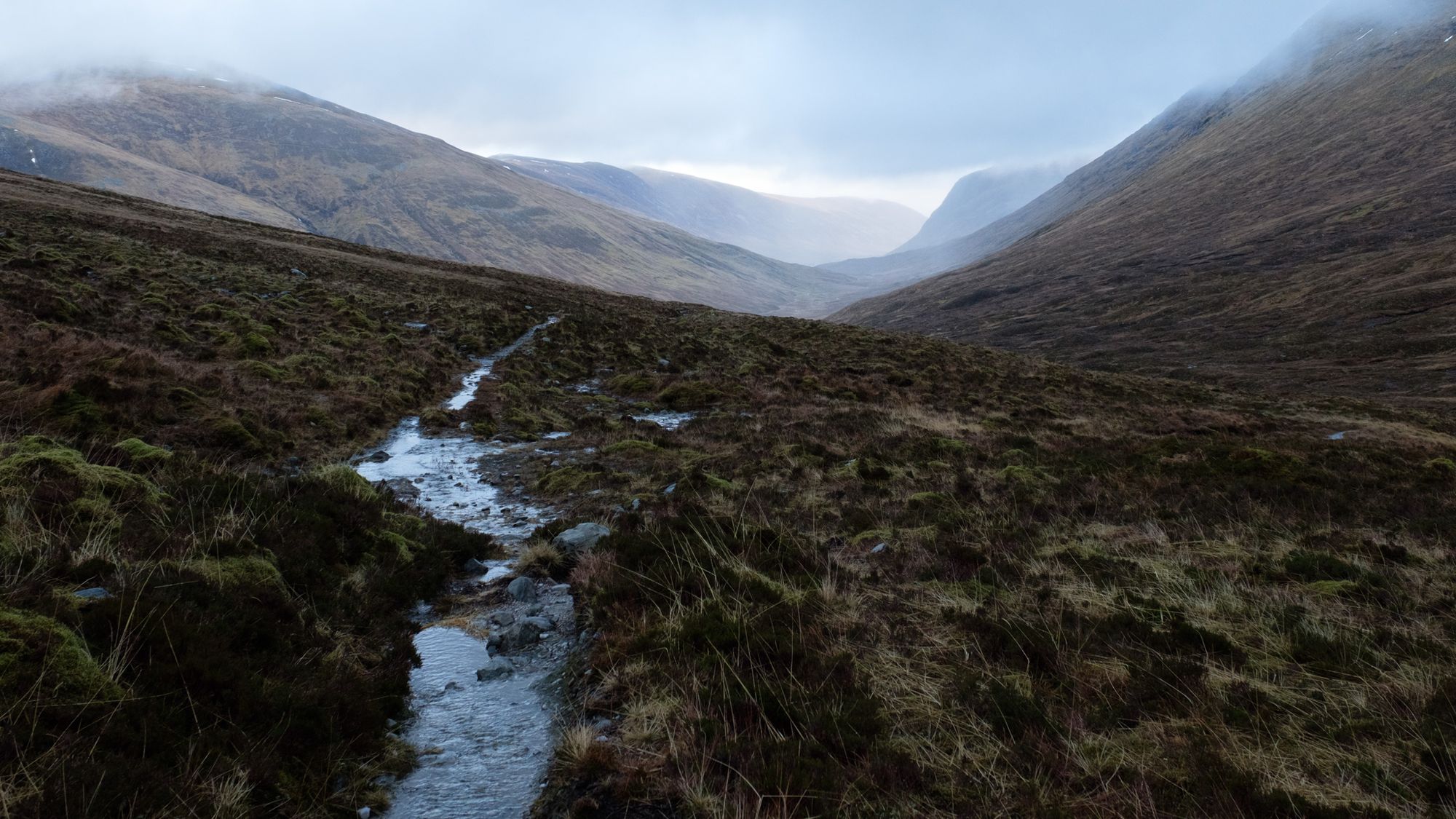
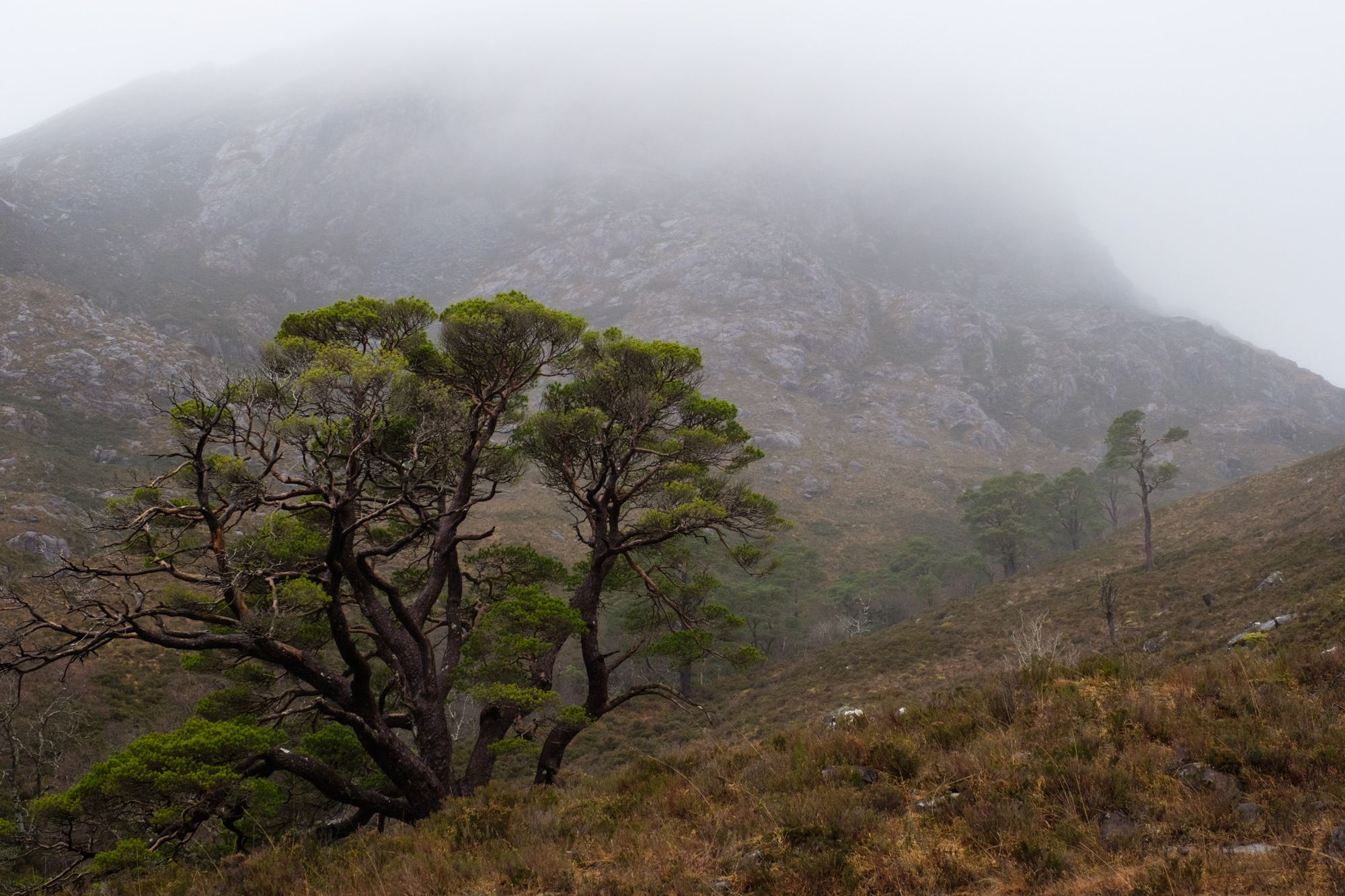
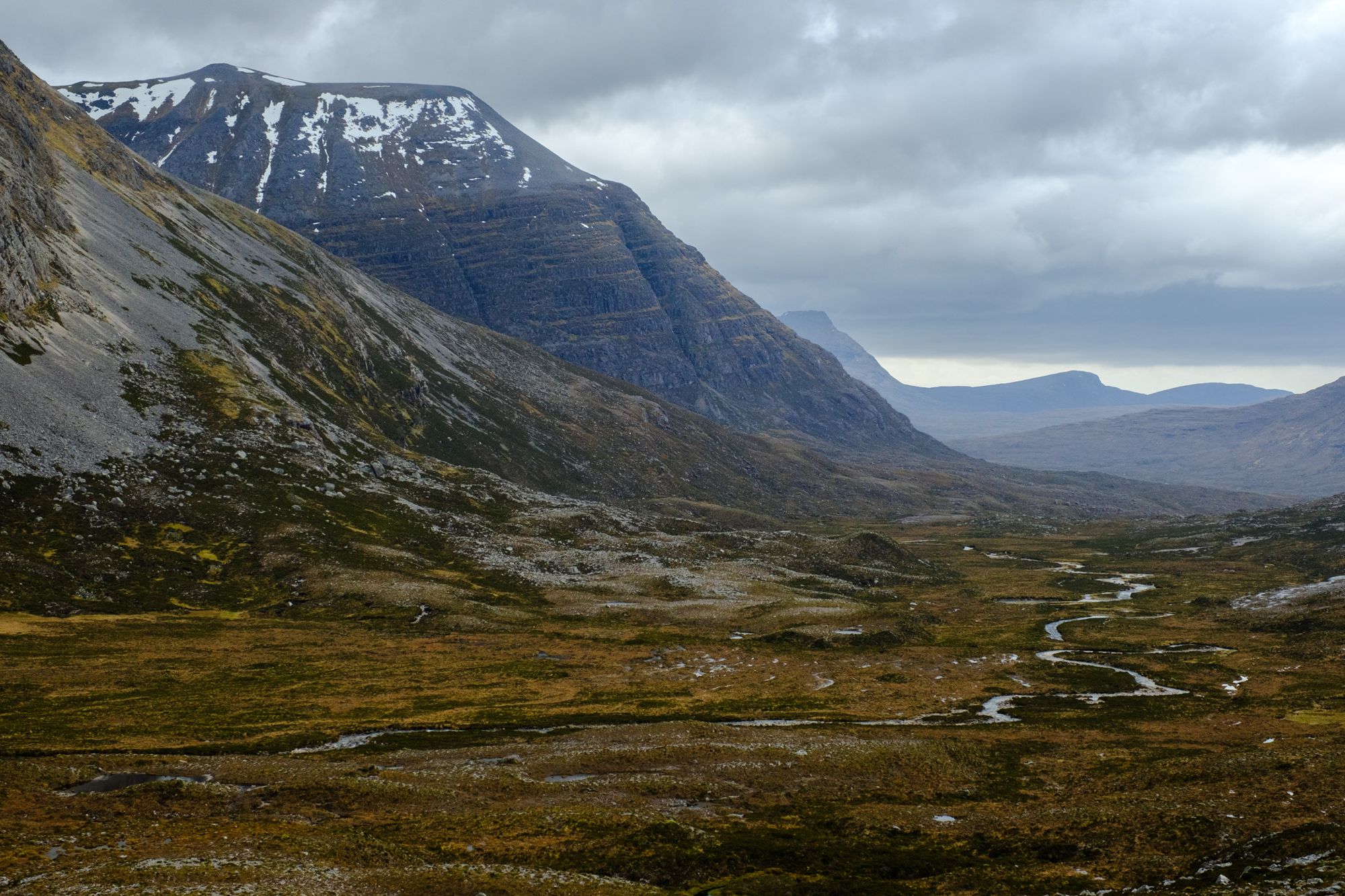
This point marked a change in the weather; the last 135 miles were almost entirely dry, often sunny, and unseasonably warm. It’s no coincidence that my mileage increased to 18 or 20 miles a day after Torridon despite limited daylight hours, a heavy winter pack, and clumsy mountaineering boots. Quite honestly, it felt like a summer hike and I certainly can’t claim to have hiked the CWT in winter conditions.
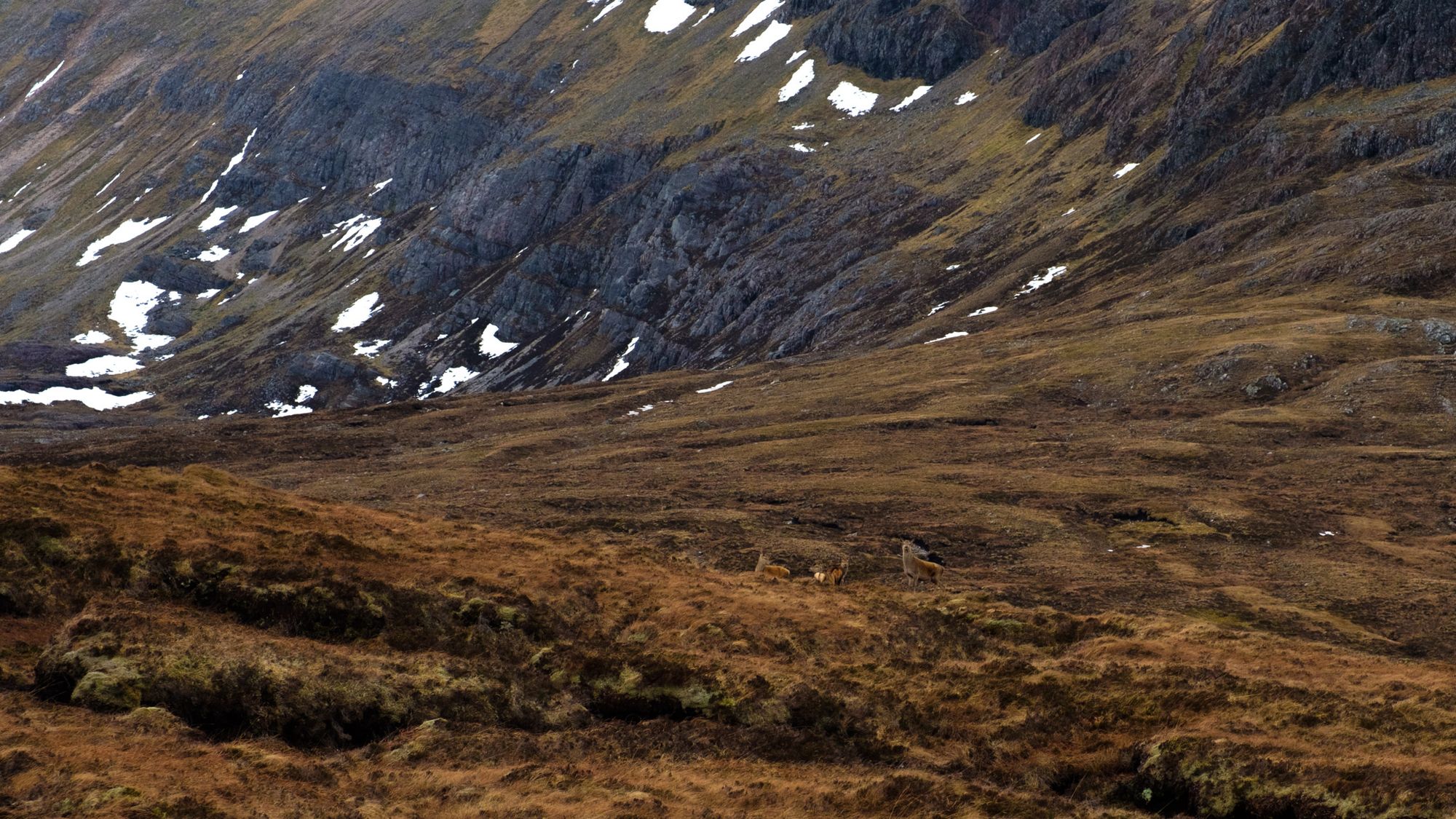
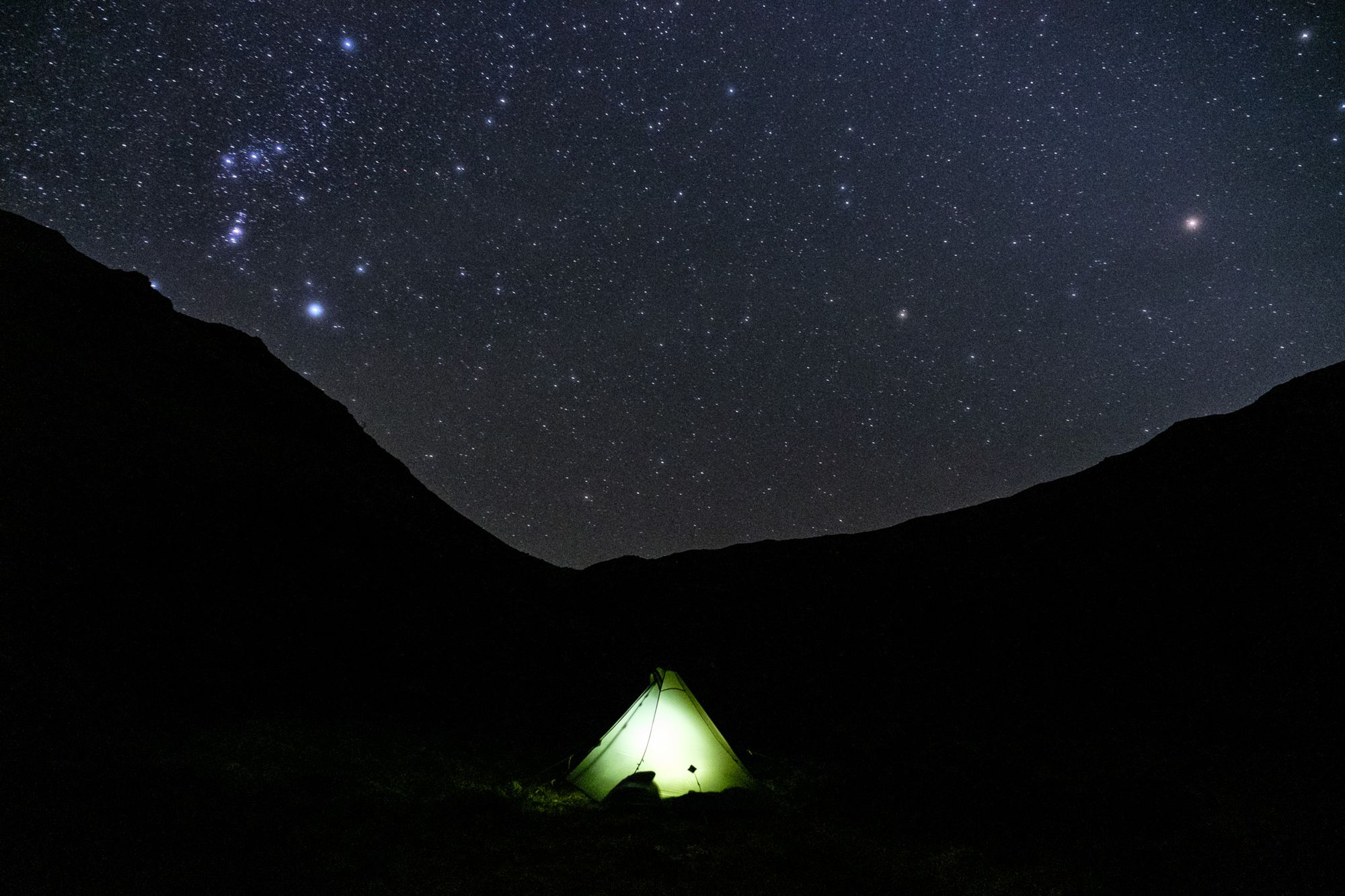
I bumped into Skye several times and we even hiked together for a while in Assynt. He was the only other winter thru-hiker I met on my journey, although he told me of two others also on the trail. I suspect Skye completed the CWT a day or two after me.
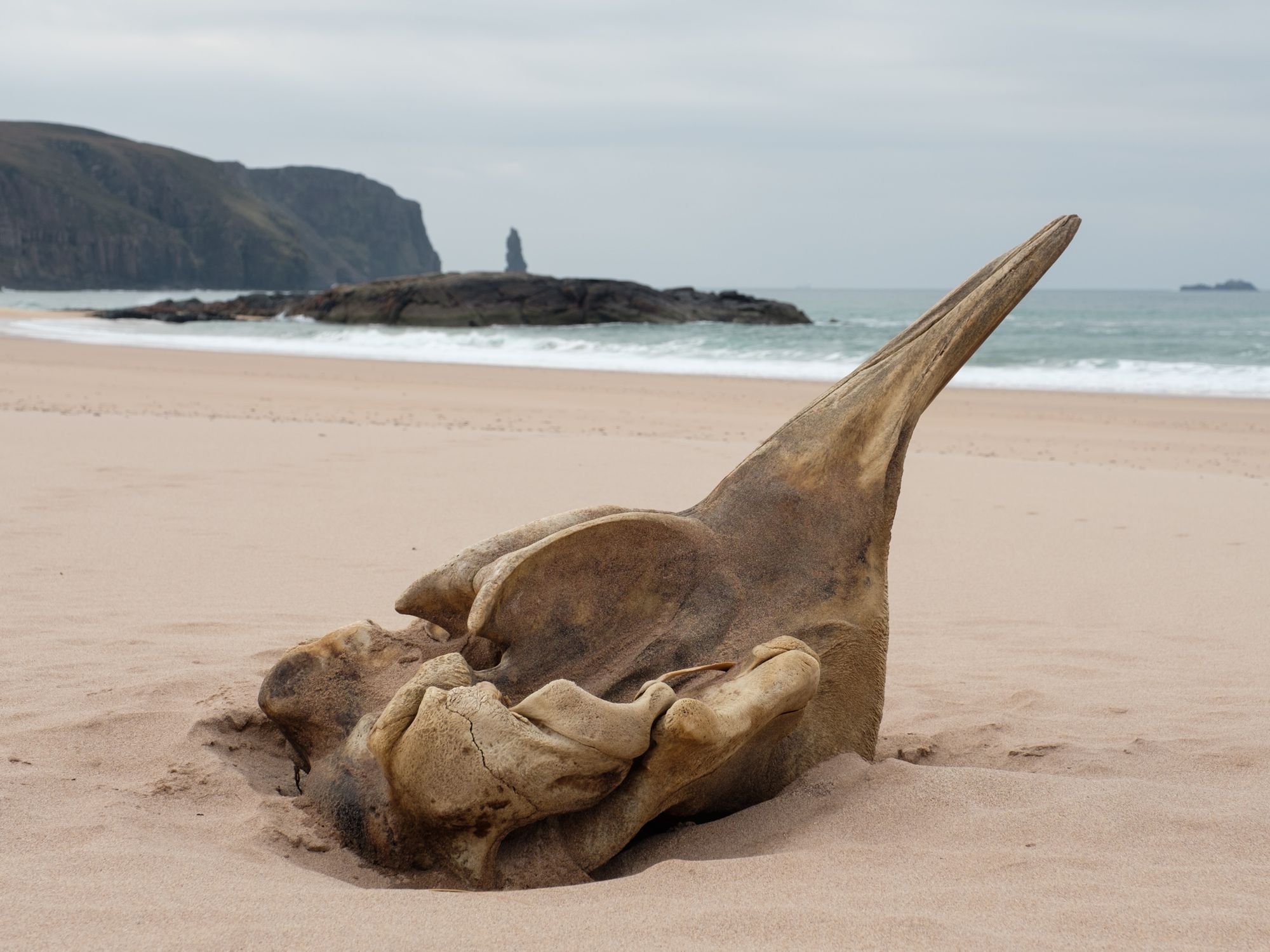
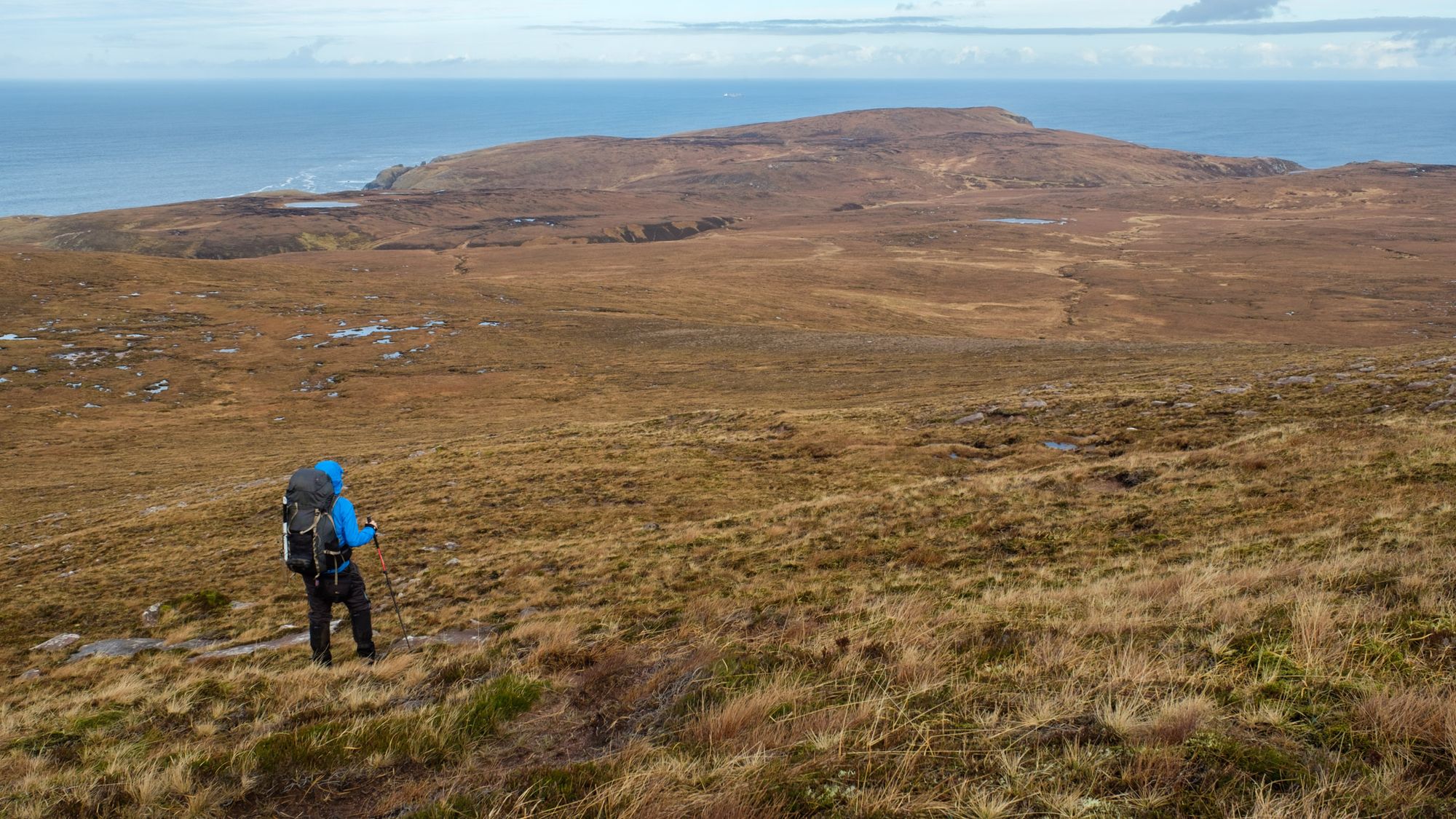
I completed on the 2nd of March after 299 miles (total mileage, including the walk out to Durness, was 317 miles). Like my first CWT, in 2015, it was a wonderful, transcendental, revelatory experience – these words and images barely scratch the surface. If you would like to keep up to date with my future writings on this trail (and there will be many) then the best way to do it is to subscribe to my newsletter.
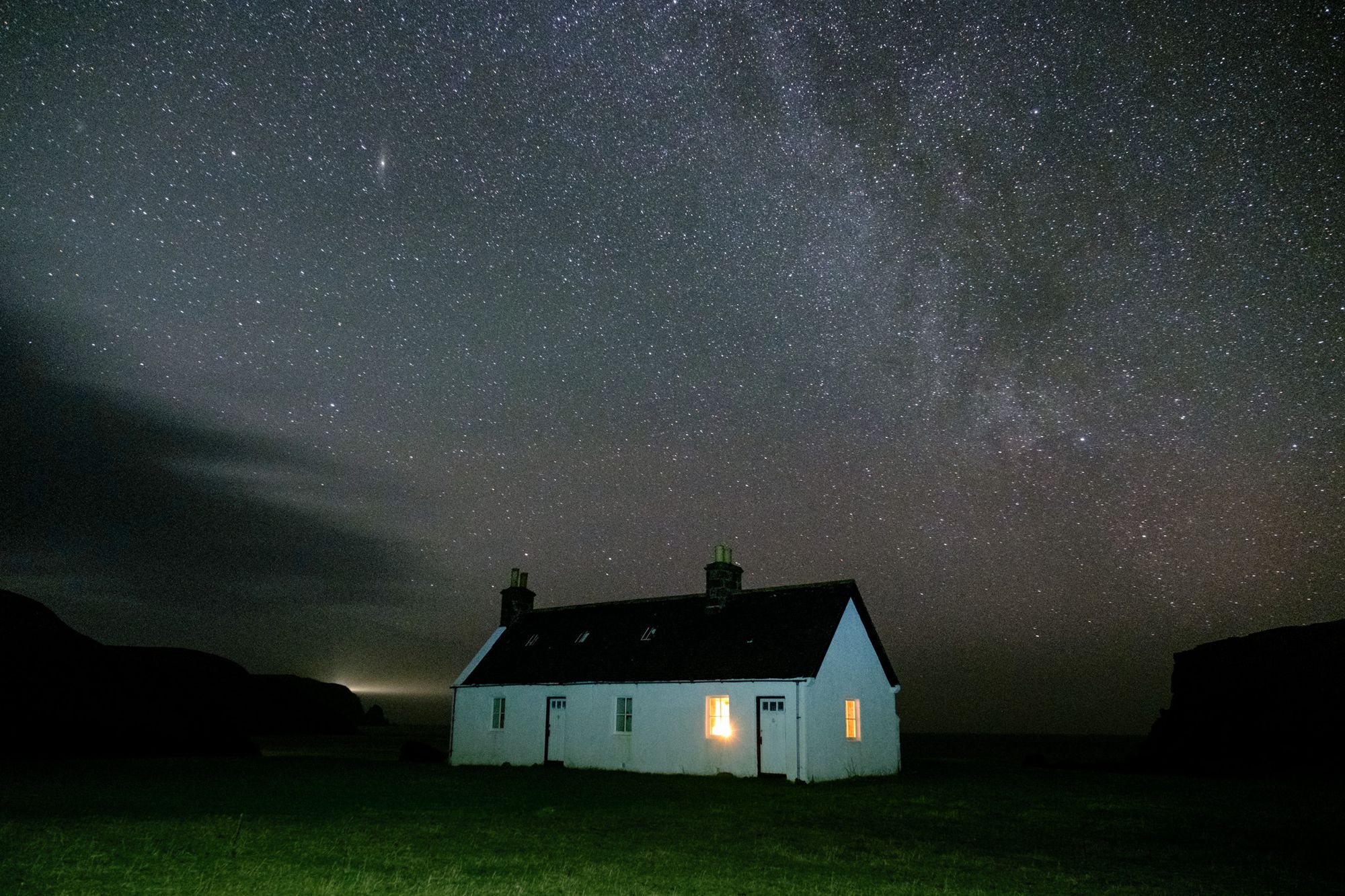
Further reading:
Alex Roddie Newsletter
Join the newsletter to receive the latest updates in your inbox.



